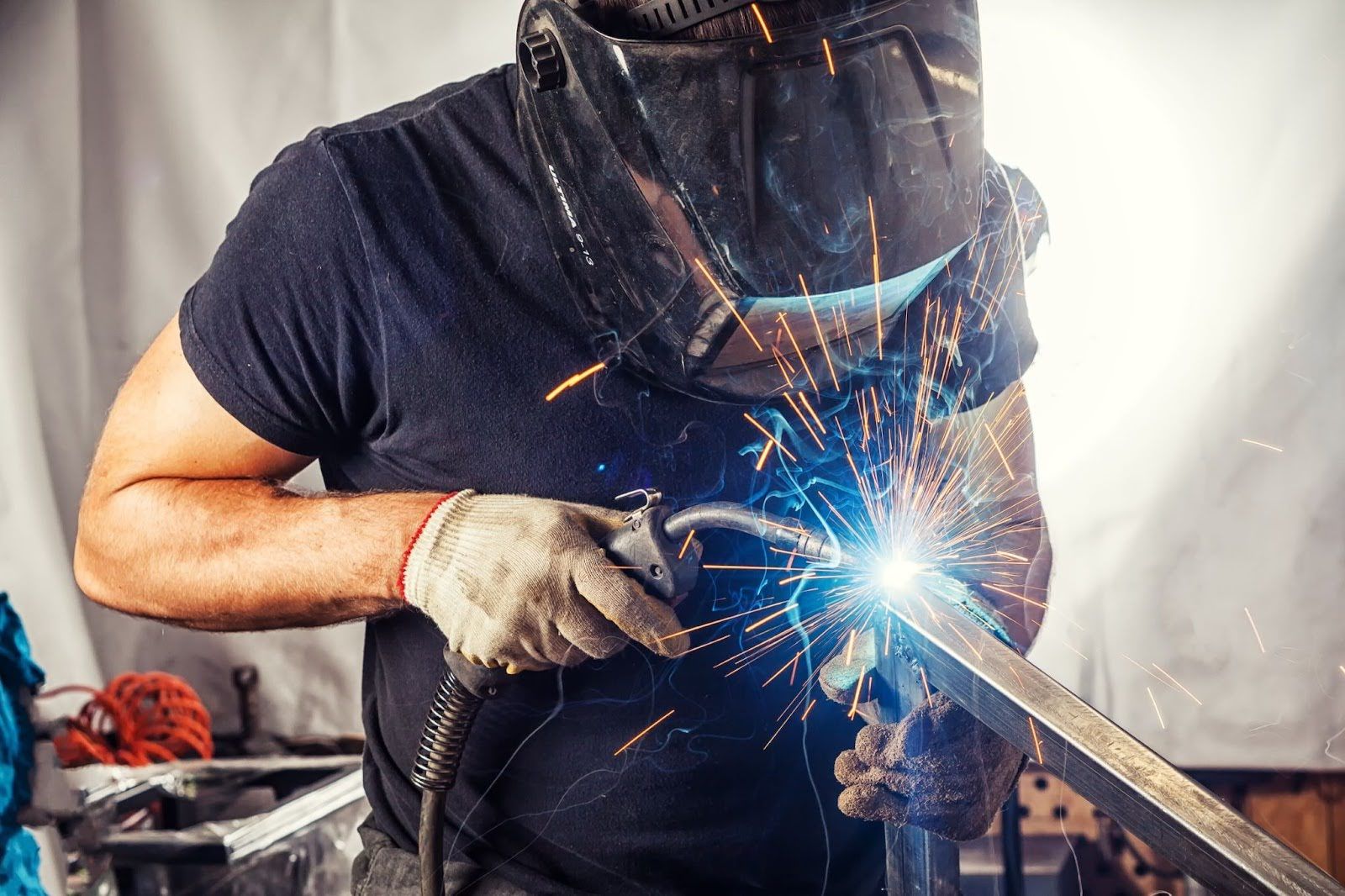Step-by-Step Guide to Preventing Weld Undercut in Different Metals
Step-by-Step Guide to Preventing Weld Undercut in Different Metals
Blog Article
A Comprehensive Overview to Identifying, Fighting, and Repairing Undercut Welding Issues in Your Welding Jobs
In the world of welding, running into undercut concerns is a typical difficulty that can jeopardize the structural integrity and total high quality of your welding projects. Understanding the source behind undercut welding, having the ability to accurately find it in your welds, and executing effective preventative measures are essential abilities for any kind of welder. In addition, having the expertise and methods to fix undercut troubles when they do happen can make a significant distinction in the last result of your welding endeavors. Keep tuned as we check out the necessary elements of identifying, preventing, and dealing with undercut welding issues, supplying you with important understandings and strategies to boost your welding skills to the following degree.
Common Root Causes Of Undercut Welding
Undercut welding, an usual issue in welding processes, can be triggered by different elements that need to be very carefully recognized and resolved to make certain the honesty of the weld joint. One of the key reasons of undercut welding is extreme warmth input.
Another common root cause of undercut welding is improper welding method. Poor adjustment of the welding torch or gun, incorrect angle or range in between the lantern and the work surface, or inconsistent travel rate can all add to the formation of undercut. Furthermore, using the wrong welding consumables or electrode dimension for a specific joint setup can cause undercut issues. Identifying these origin and applying restorative steps is crucial in protecting against and fixing undercut welding issues in welding jobs.
Identifying Undercut in Welds

To recognize undercut properly, proper lighting and zoom tools are important to evaluate the weld joint thoroughly. Using tools such as a welding gauge or a magnifying glass can help in discovering also the tiniest undercut flaws. Furthermore, running a finger or a fingernail along the weld joint can in some cases expose undercut, as the surface may really feel irregular or have a dip where the undercut exists.
Preventive Measures for Undercut
Having a deep understanding of the causes of undercut in welds permits for the implementation of reliable precautionary measures to preserve weld quality and stability. These settings need to be optimized to protect against excessive warm input, which can lead to damage development.

Methods for Repairing Undercut

Increasing the welding present or lowering the travel speed can assist load in the undercut. Additionally, transforming the welding method from a press to a drag or vice versa can also assist decrease undercut.
One more strategy is to use a weaving movement while welding to make certain proper sidewall blend and fill in the undercut. By oscillating the welding arc from side to side within the weld joint, the welder can transfer extra filler material into the undercut locations, efficiently removing the defect.
In addition, grinding out the undercut and rewelding the joint can be a feasible remedy for much more serious undercut concerns - Preventing weld undercut. This process involves removing the undercut section, preparing the base steel, and after that rewelding the joint with proper welding criteria and strategies to avoid undercut from repeating

Specialist Tips for Staying Clear Of Undercut
Using appropriate welding methods and preserving control over essential welding parameters are important approaches for welders intending to avoid undercut in their weld joints. One professional suggestion for staying clear of undercut is to make sure appropriate joint preparation. This involves cleansing the base steel completely to eliminate any contaminants that can cause undercut formation. Additionally, picking the proper welding process and filler metal for the specific application can aid stop undercut. Welders ought to additionally pay attention to the welding existing and voltage setups, ensuring they are within the recommended array to stay clear of getting too hot and prospective undercut. Keeping a regular travel rate during the welding process is an additional vital tip to protect against undercut. By moving at a steady rate, welders can guarantee correct fusion and lower the probability of undercut formation. Finally, inspecting the weld grain after completion can aid determine any kind of signs of undercut beforehand, allowing for instant corrective activity to be taken.
Verdict
Finally, identifying, stopping, and dealing with undercut welding problems in your welding projects is essential for look at here making sure durable and strong welds. Preventing weld undercut. By comprehending the typical sources of undercut, being able to identify it in welds, implementing preventative actions, and making use of correct techniques for fixing undercut, you can avoid potential issues and create high-grade welds. Following expert tips for staying clear of undercut can aid you boost your welding abilities and create much better results in your projects
Undercut welding, a common issue in welding procedures, can be created by different elements that need to be thoroughly identified and addressed to make certain the honesty of the weld Full Report joint. Furthermore, running a finger or a fingernail along the weld joint can often reveal undercut, as the surface area might feel irregular or have a dip where the undercut exists.
Making use of proper welding strategies and preserving control over essential welding specifications are vital techniques for welders intending to stop undercut in their weld joints.In conclusion, identifying, preventing, and taking care of undercut welding problems in your welding tasks is important for ensuring solid and long lasting welds. By understanding this contact form the usual causes of undercut, being able to recognize it in welds, carrying out preventive procedures, and utilizing appropriate techniques for dealing with undercut, you can prevent possible issues and produce top quality welds.
Report this page